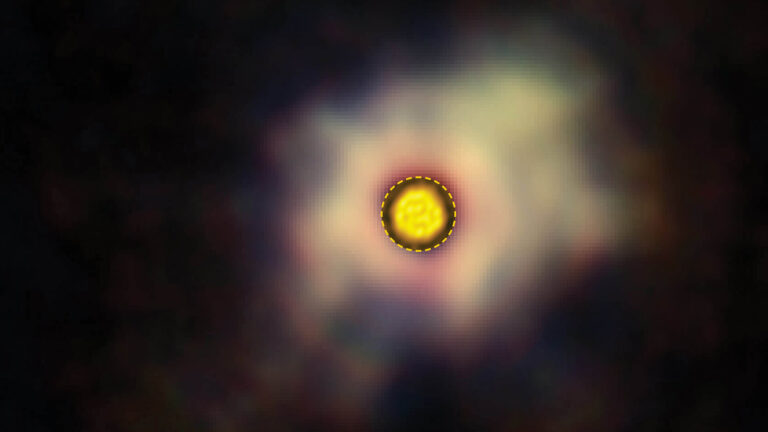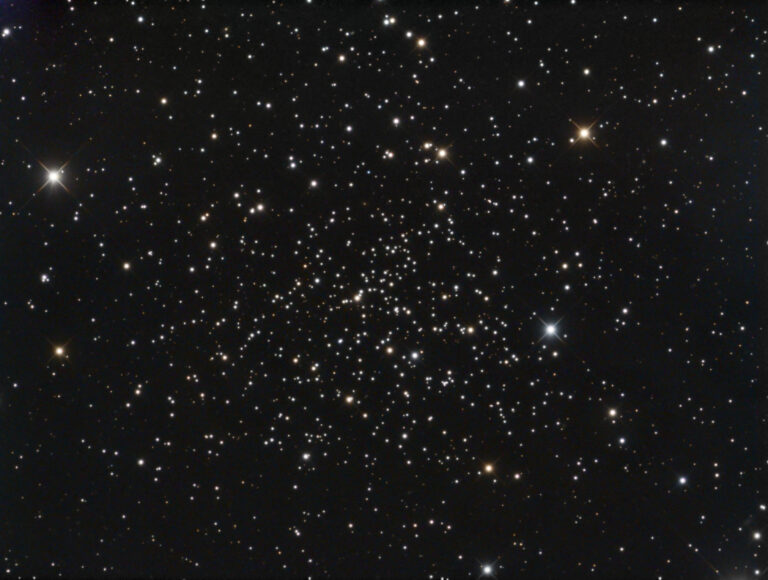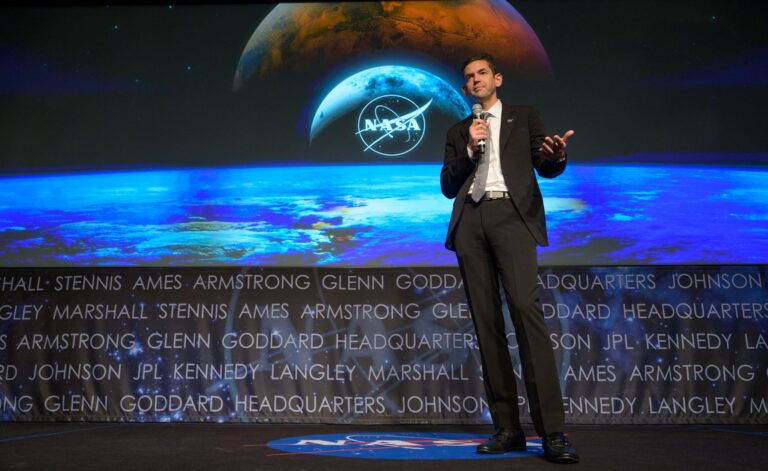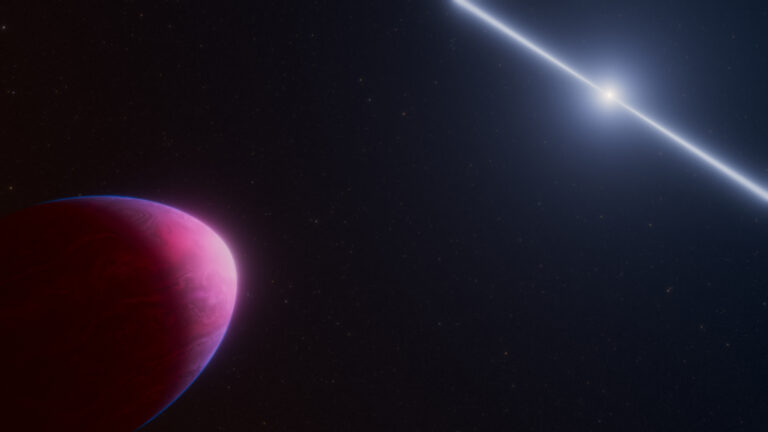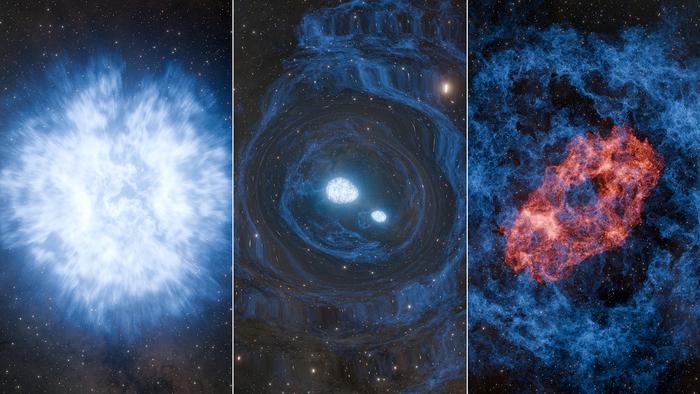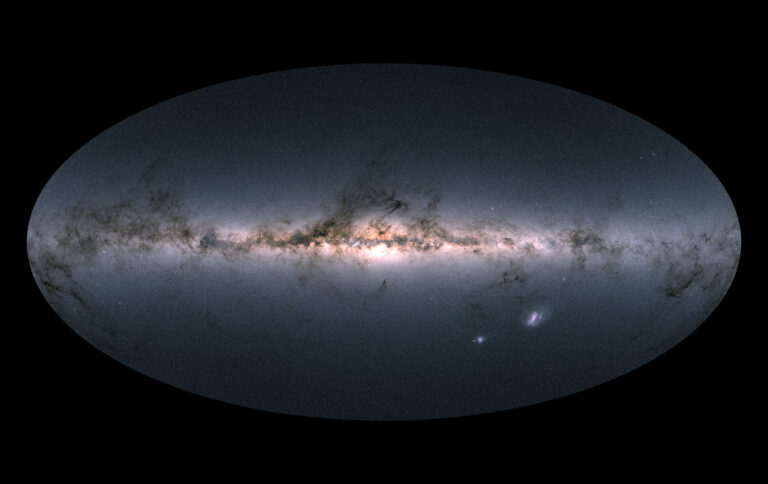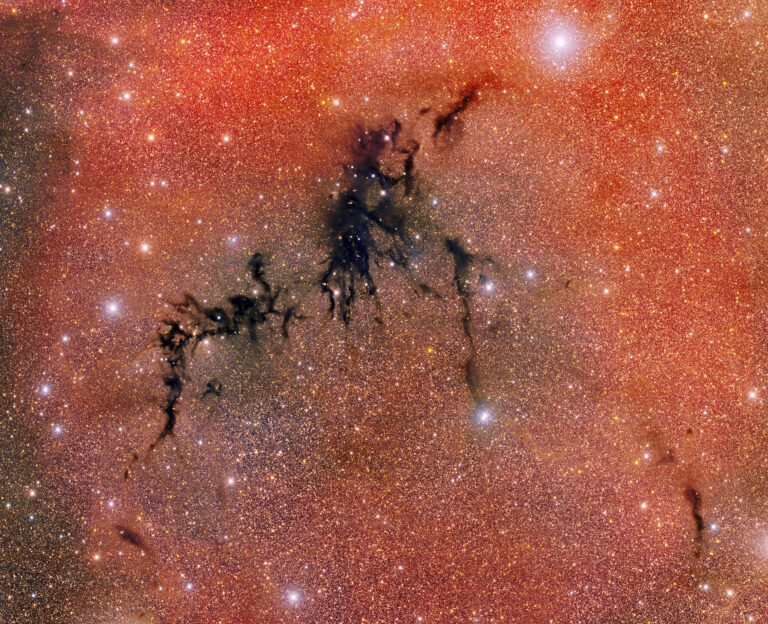Key Takeaways:
In a paper published April 1 in Astronomy & Geophysics, Keith Atkin, a retired associate lecturer in physics at the University of Sheffield, UK, argues that while the professional field of astronomy has moved away from the imperial units of miles, pounds, and degrees Fahrenheit, “this transition has not been complete,” according to the abstract of his paper. The use of units such as light-years (the distance light covers in a year: 5.88 trillion miles [9.5 trillion kilometers]) and astronomical units (abbreviated AU, the average Earth-Sun distance: 93 million miles [150 million km]) persists, he says, when “simpler logical units would help both within the subject and in multidisciplinary research.”
It’s true that astronomy is a bit weird, in general. Our brightness system of magnitudes, for example, is “backwards” — the smaller the number describing its magnitude, the brighter a star appears. And sometimes terms are outdated: Planetary nebulae are not planets or even associated with planets at all, but are the expanding outermost layers of stars in their late stages of life. They were originally called planetary nebulae because they often appear round, like planets, but the term remains confusing and even misleading, particularly for the public.
Proposed replacements
In the paper, Atkin first focuses on units of distance measurement, noting not only the seemingly random and often redundant nature of units unique to the astronomical field, but sometimes their completely strange construction as well. “My bête noire is the megaparsec — a clumsy and ugly fusion of an SI prefix and a non-SI unit,” he writes.
His solution? “To encourage the use of SI units of length in all astronomical work: all distances and lengths should be based on, and simply related to, the metre. The metre is defined as the length of the path travelled by light in vacuum during a time interval of 1/299 792 458 of a second.”
Thus, he argues, all units of astronomical distance, from the AU to the parsec (equivalent to 3.26 light-years, and derived from the apparent motion of nearer stars against the background that occurs as Earth orbits the Sun), can really be expressed in meters, with the appropriate SI prefix attached.
For example, Atkin proposes that megameters (Mm, 106 m), gigameters (Gm, 109 m), and terameters (Tm, 1012 m) be used for planetary- and solar system-scale distances, making Earth’s radius 6.37 Mm and its distance from the Sun 150 Gm. For larger distances, he suggests petameters (Pm, 1015 m) and exameters (Em, 1018 m) within our galaxy, and zettameters (Zm, 1021 m) and yottameters (Ym, 1024 m) for extragalactic distances. In this regime, Proxima Centauri is about 40 Pm (instead of 4 light-years) away, the Milky Way is 1 Zm across, and Andromeda is 20 Zm away. The proto-galaxy UDFj-39546284, one of the earliest and most distant objects detected to date, would sit at a distance of 126 Ym.
He also argues that units such as arcminute and arcsecond should be done away with, though admits that “the degree is presumably here to stay.” Atkin proposes measuring all angles in terms of either decimal degrees or radians, rather than using degrees, arcminutes, and arcseconds, as astronomers do today.
Will things change?
But change is difficult, and often a slow process, to boot. In his conclusion, Atkin admits that “as a colleague recently observed: ‘Andromeda will be a good deal closer to the solar system than it is now, before we read of its distance in zettametres.’” His colleague is likely correct, especially given examples such as the public and professional pushback to the recent demotion of Pluto as a dwarf planet under the updated definition of the word planet. It’s worth noting, too, that units such as the AU and solar mass relate distances and objects to those we understand closer to home — explaining that a star is 8 solar masses immediately makes it clear that it is eight times as massive as our Sun, while stating that Jupiter is 5.2 AU from the Sun paints the clear picture that it is five times Earth’s distance from our star. Light-years, too, are a relatively intuitive unit, even if they are unique to astronomy, and speak both to distance and the time light requires to reach us.
However, the ultimate goal of science is to understand and describe the universe around us. Scientists constantly strive to test, improve, and update their understanding, and standardizing the units that pervade astronomy, Atkin writes in closing, “will surely benefit understanding and communication within astronomical circles and between astronomy and related sciences.”



